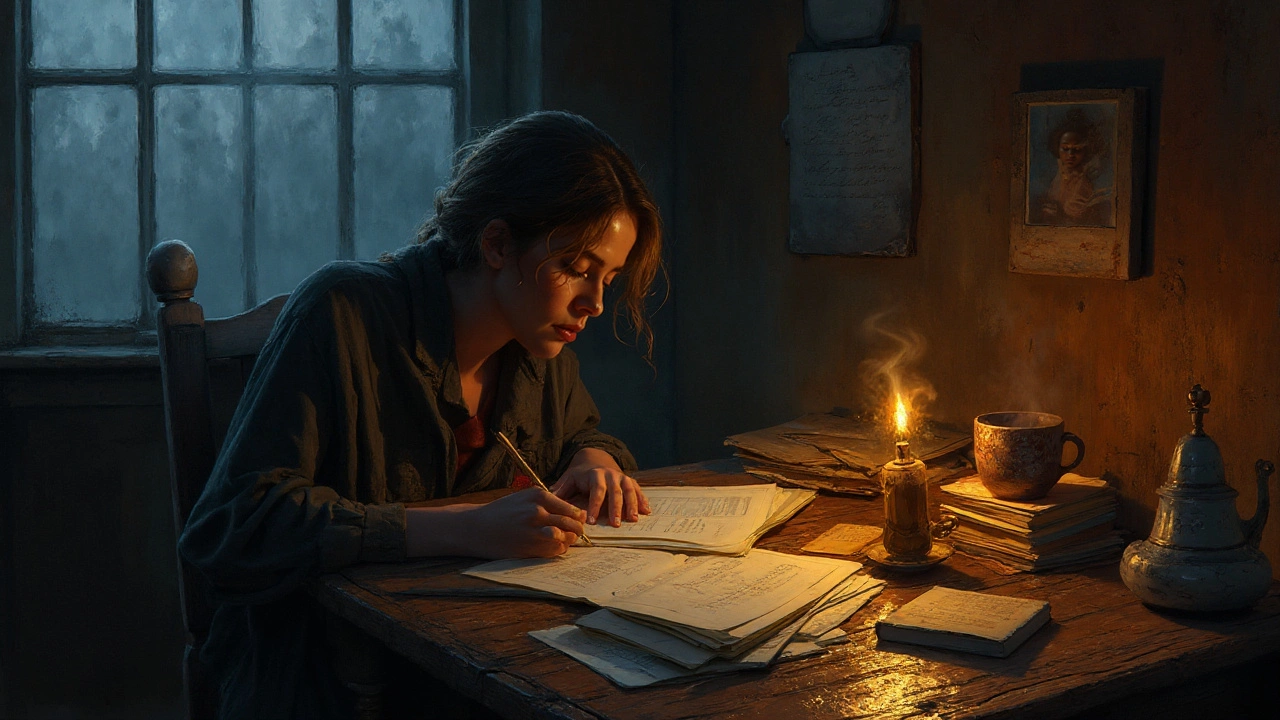Creative Writing Tips: Using Weakness to Make Your Stories Unforgettable
Ever wonder why some stories stick with you long after you finish them? It often comes down to one simple thing: the characters’ weaknesses. When a hero is scared, broken, or unsure, you feel the tension right away. That feeling is a gold mine for any writer looking to hook readers.
Why Weakness Makes Stories Stick
Weakness isn’t the same as being weak. It’s about showing the parts of a character that are real and messy. Readers recognize those parts because they’ve lived them, too. When a protagonist admits fear of failure, you remember a time you felt the same. That memory builds empathy, and empathy fuels emotional resonance.
Think about a movie where the main character can’t forgive themselves. The conflict isn’t just external; it lives inside the hero’s mind. That inner fight creates stronger drama than a simple chase scene. It also leaves space for growth, which keeps the story moving toward a satisfying payoff.
Practical Ways to Use Vulnerability in Your Writing
Start by listing one flaw for each main character. It could be impatience, a secret shame, or a fear of being alone. Then ask: how does this flaw affect their decisions? Does it push them into danger or keep them stuck?
Next, let the flaw show up early. A quick scene where the character misreads a social cue or makes a bad call immediately adds tension. Readers see the stakes and want to see how the character will handle the fallout.
Don’t overdo it. A single, well‑placed weakness can be more powerful than a parade of flaws. Balance is key—mix strength and weakness so the character feels complete. When the hero finally uses their flaw to solve a problem, the payoff feels earned.
Another tip: use dialogue to reveal vulnerability. A nervous laugh, a hesitant pause, or a confession can speak louder than description. It feels natural, like real conversation, and it pulls readers right into the moment.
Finally, remember to let the character grow. Show small victories where they confront their weakness, then scale up the challenges. This progression keeps the story dynamic and gives readers a clear arc to follow.
Putting these ideas into practice doesn’t require a massive overhaul of your draft. Pick one scene, add a detail that exposes a flaw, and watch the tension rise. If it works, sprinkle similar touches throughout the story.
Creative writing is about connecting with people. When you let your characters be imperfect, you give readers a mirror to see themselves. That mirror makes your story unforgettable.
Why Weakness Makes Stories Unforgettable - Harnessing Vulnerability in Narrative
Explore how embracing weakness in storytelling creates deeper empathy, stronger conflict, and unforgettable narratives that resonate with readers.
- 20
- Read More
